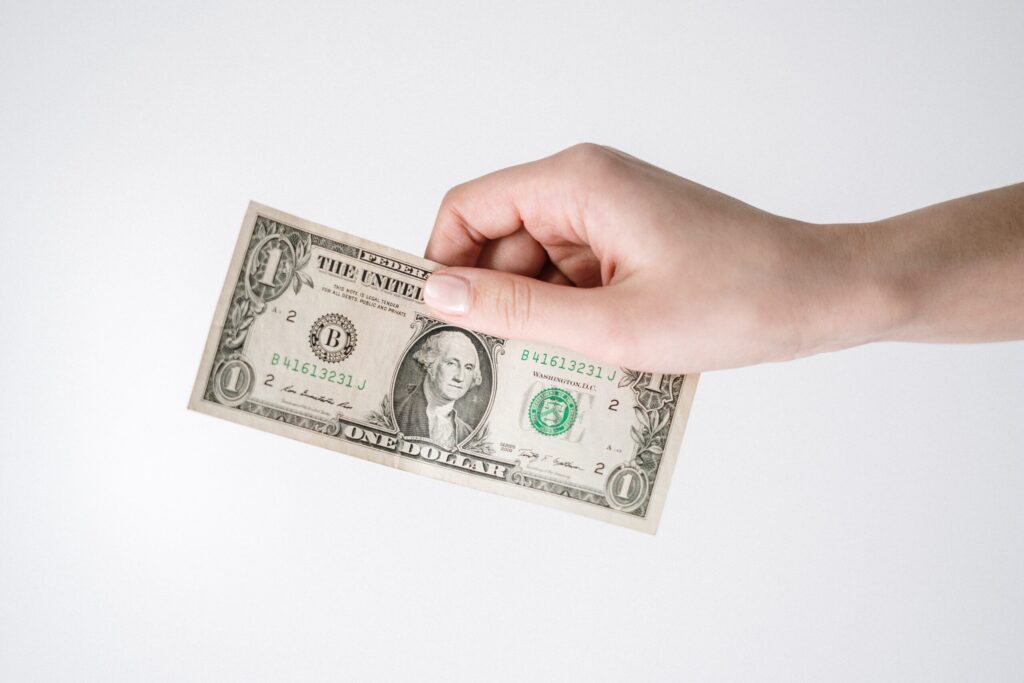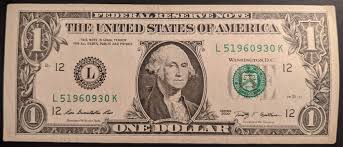The value of a dollar has changed dramatically over the past several decades. In today’s economy, a dollar won’t get you far—but back in the 1960s, it could cover a surprising number of everyday essentials. From trips to the movies to filling up your gas tank, the buying power of a dollar in the 1960s reflected an entirely different economic landscape.
Understanding the Value of a 1960s Dollar
To grasp how much purchasing power a dollar had, it helps to compare it to today. According to In2013Dollars.com, $1 in 1960 is equivalent to approximately $10.73 in 2025. This reflects an overall inflation rate of 973.21% over the past 65 years.
This means that what cost $1 in the 1960s would likely cost over $10 today—showcasing how inflation steadily diminishes the value of currency over time.

Entertainment: Movie Night for a Dollar
In 1964, a drive-in movie ticket cost around $1 or even less. Movie theaters offered affordable entertainment that fit well within a modest budget. With a single dollar, you could often buy:
- One movie ticket
- A box of popcorn
- Possibly even a soda
Today, the average movie ticket in the U.S. is approximately $10–$15, according to Statista.
Gasoline: Fill Up for Less
In the early 1960s, gasoline was approximately 31 cents per gallon. With $1, you could purchase more than 3 gallons of fuel—enough to get you across town or even for a weekend road trip.
In contrast, in 2025, the average price of gas in the U.S. hovers around $3.50 per gallon, according to AAA’s gas price tracker.
Groceries: Fridge Essentials for Under a Dollar
The grocery aisle in the 1960s was a bargain hunter’s paradise. With one dollar, you could often buy:
- A loaf of bread (around 20 cents)
- A dozen eggs (approximately 55 cents)
- A bottle of milk (about 30 cents)
Today, that same basket could cost more than $7, depending on your location.
Coca-Cola and Soft Drinks
In 1960, a bottle of Coca-Cola cost around 10 cents. That means a dollar could buy you 10 bottles—enough for a party or a week’s worth of refreshment. Compare that to today’s vending machine prices, where one 20 oz bottle may cost upwards of $2.
Postal Services: First-Class Stamps for Pennies
Sending letters was much more affordable in the 1960s. A first-class stamp in 1960 cost 4 cents, meaning $1 could buy you 25 stamps.
Today, one USPS first-class stamp costs 68 cents, meaning that same $1 would barely buy one.

Why This Matters: Inflation and the Economy
The difference in what a dollar could buy then versus now highlights the impact of inflation on consumer purchasing power. Inflation, while a natural economic process, means that over time, money loses value unless it is properly invested or adjusted for in income.
This also underscores the importance of understanding how inflation affects savings, wages, and long-term financial planning. You can learn more from the U.S. Bureau of Labor Statistics and their Consumer Price Index (CPI) reports, which track inflation trends.
Final Thoughts: A Nostalgic but Insightful Reminder
The 1960s might feel like a different world for today’s generation of consumers. But revisiting the purchasing power of a single dollar reminds us of how the economy has evolved—and how crucial it is to plan for the future with inflation in mind.
While $1 today might barely buy a snack, in the 1960s, it could fund a night out, a few gallons of gas, and a trip to the grocery store. It’s a powerful lesson in the long-term value of money and the importance of understanding historical economic trends.
This article has been carefully fact-checked by our editorial team to ensure accuracy and eliminate any misleading information. We are committed to maintaining the highest standards of integrity in our content.

Himanshu Sharma writes for Weekend Spy, focusing on recruitment, government schemes, and current affairs. He is dedicated to making complex information accessible to readers.
Himanshu enjoys playing chess, hiking, and trying new recipes, always seeking ways to combine his love for writing with his passion for exploration. Connect with Drop him an email at [email protected].







